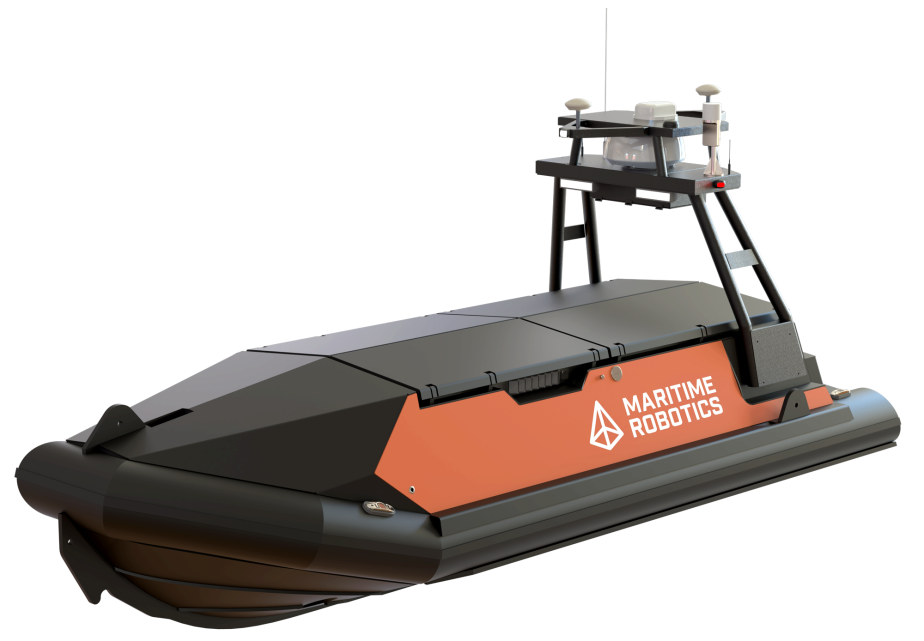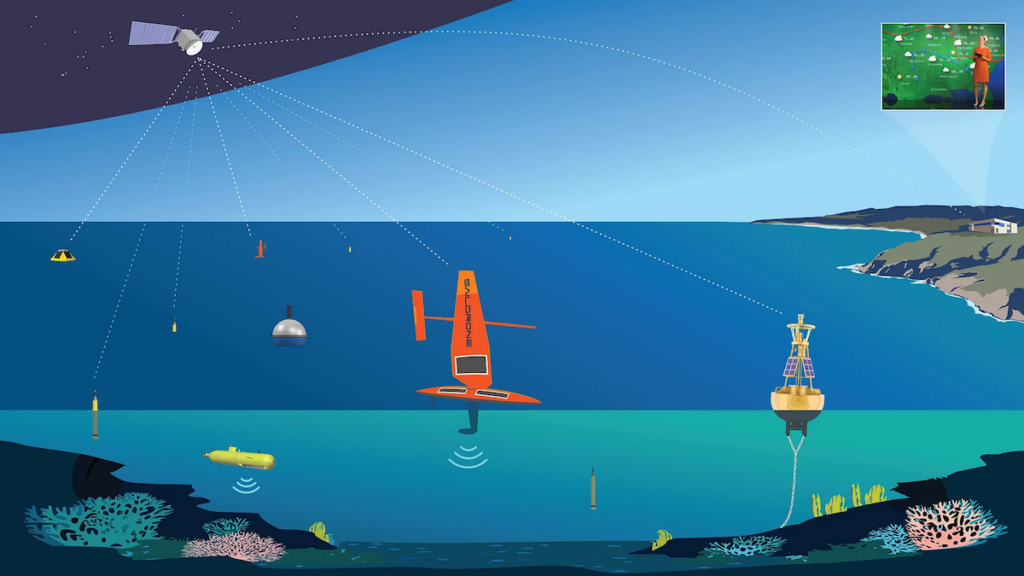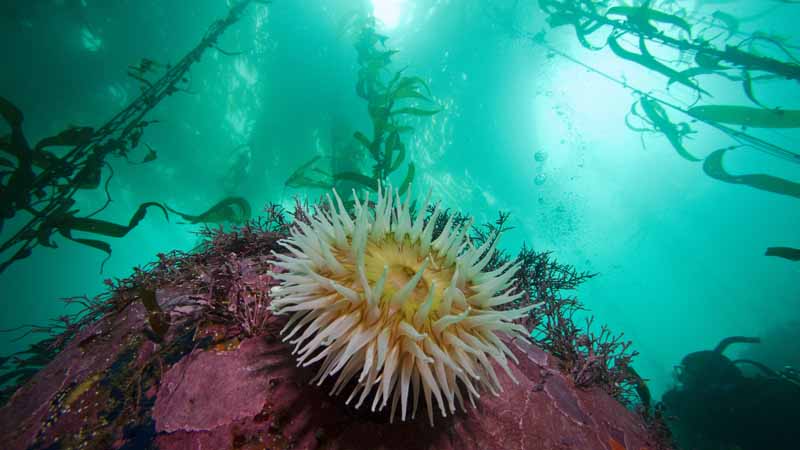
Unmanned Surface Vehicles
Discover cutting-edge solutions from 8 leading global suppliers
The National Data Buoy Center has outlined the need for a combined approach involving moored and uncrewed systems to address observation gaps and support the Blue Economy.
Ocean observation is key for making decisions that protect the planet’s delicate balance for future generations. It plays a key role in national security, helping to safeguard offshore and onshore assets, provides essential data for understanding how climate change is affecting extreme weather, and supports the growth of the Blue Economy by helping manage and utilize natural resources efficiently.
The NDBC operates about 200 moored buoys across the Pacific and Atlantic Oceans, from the Arctic to the equator, as part of three key networks: tsunami monitoring and deep-ocean assessment, tropical ocean observation, and coastal weather observation.
However, there are only approximately 100 weather buoys to cover almost 100,000 miles of U.S. coastline. These buoys are located in crucial areas for forecasting, often in locations that are difficult and dangerous to operate in.
They provide real-time data for mariners, such as fishermen, but while valuable, they are far from sufficient. The ocean covers 70% of the Earth’s surface, yet it has only one-tenth as many observing stations as land does.
NDBC Director Dr. William Burnett emphasizes the need for what he calls a “system of systems” to fill these observation gaps, explaining, “We don’t need to build a 1,000-moored buoy network. That’s not achievable. What we need is a conglomerate of moored and uncrewed systems working together to resolve ocean observation gaps to protect our communities and grow our economy.”
Some NDBC buoys have remained in the same location for up to 50 years, providing a valuable climate record. For example, they have helped track how cooling in the eastern Atlantic influences hurricane seasons. However, maintaining moored weather buoys is expensive and challenging. Repairs require large ships, and moorings can disrupt the seafloor.

Find suppliers and manufacturers of Uncrewed Surface Vehicles (USVs) >>
The Benefits of Saildrone USVs
Saildrone uncrewed surface vehicles (USVs) offer capabilities similar to those of weather buoys. Like buoys, they can remain stationary to provide long-term data or be used to gather targeted observations over larger areas, which would otherwise require multiple buoys.
Dr. Burnett highlighted four areas where he believes Saildrone USVs can enhance ocean observation efforts, commenting, “First, targeted observations to improve numerical weather prediction. Second, to provide broader spatial awareness in under-sampled areas, where it might be cost-prohibitive to deploy a group of buoys. Third, in our national marine sanctuaries, where moorings and anchors are harmful to the seafloor. And lastly, in the event of buoy outages, uncrewed systems on standby can be deployed to maintain observations in key areas.”
NDBC operates 13 weather buoys in national marine sanctuaries, which are designated to protect endangered species, coral reefs, kelp forests, and historical shipwrecks. Because Saildrone USVs do not require mooring or anchoring, they avoid disturbing the seafloor, making them particularly beneficial in sensitive ecosystems.
For example, the NDBC’s Station 46012 buoy in the Monterey Bay National Marine Sanctuary went offline. In early 2023, the defunct buoy, along with its mooring and anchor materials, was removed. Without the buoy, forecasters had to rely on passing ships and other nearby buoys for data.

The Monterey Bay National Marine Sanctuary features kelp forests, which provide food and shelter for large numbers of marine animals, including sea otters, sea lions, fish, and shellfish, and protect the coast from damaging wave action. Photo: NOAA/Chad King.
In September 2023, with funding from the NOAA Office of Marine and Aviation Operations (OMAO), Saildrone began a long-term mission to replace the buoy off Half Moon Bay, California. Saildrone remains on station, providing critical weather data on approaching storms along the California coast.
“One thing we’ve learned over the course of working with Saildrone is that some ocean observations have more value than others. Some observations can improve forecasting of US weather patterns, while others directly contribute to the safety and security of marine traffic.”
It’s not a question of choosing between moored buoys or Saildrone USVs. What’s needed is a system of systems, incorporating both, along with drifting buoys, floats, and underwater gliders, to paint a comprehensive picture of the ocean’s dynamic environment.
Find suppliers and manufacturers of Uncrewed Surface Vehicles (USVs) >>












